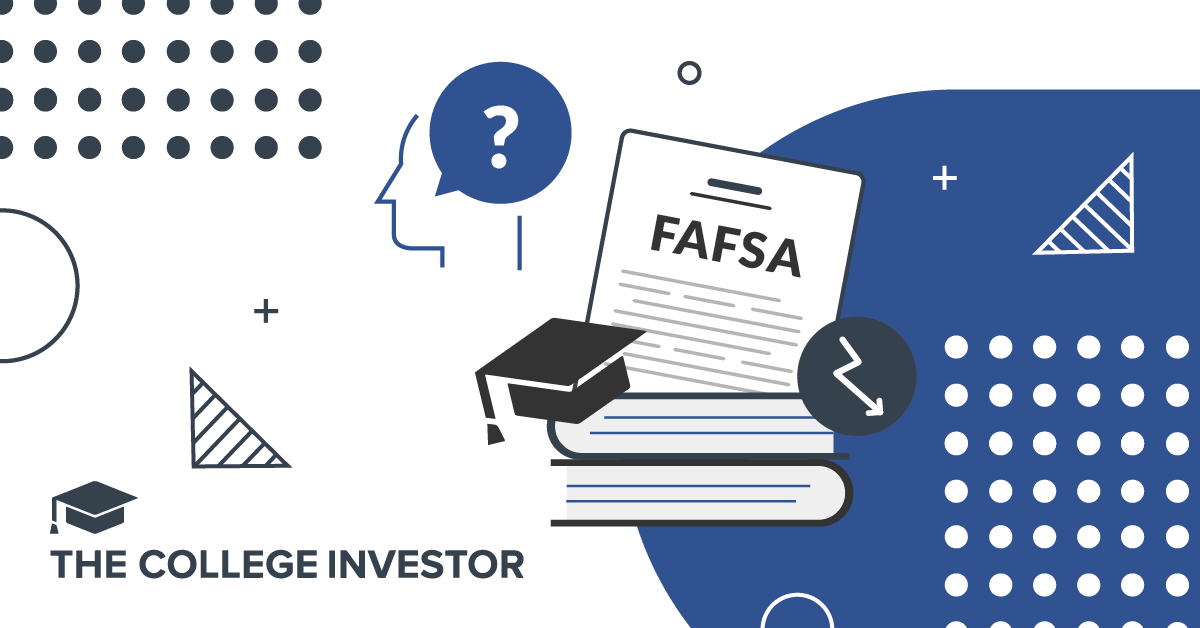When You Get Leftover Financial Aid


If you’ve ever heard classmates talking about a “FAFSA refund”, they’re not talking about a tax refund. They’re referring to leftover financial aid money that gets refunded to students once tuition and required fees are paid.
This refund can feel like a bonus check, but it’s really part of your financial aid package and in many cases, it’s money you’ll eventually need to pay back if it comes from student loans.
Knowing how FAFSA refunds work can help you budget smarter and avoid surprises.
When you submit the Free Application for Federal Student Aid (FAFSA®), your school calculates a financial aid package based on tuition, fees, and estimated living expenses (like housing, transportation, and supplies). This is know as the total cost of attendance.
Here’s what happens:
That leftover money is what students call a FAFSA refund.
Refund timing depends on your school, but federal rules require that colleges issue refunds at least once per term. In practice, most schools follow this pattern:
Key takeaway: If your aid exceeds your charges for multiple semesters, you’ll typically get a refund at the beginning of each semester, not just your first year.
Financial aid refunds have also become a target for fraudsters, which is one reason many schools delay disbursing refunds until after the add/drop period.
In recent years, scammers have used stolen or fake identities to create so-called “ghost students”—fake enrollees who sign up for classes just long enough to collect financial aid refunds before disappearing. This also usually means signing up for student loans in someone’s name.
These schemes have cost colleges millions. For example, California institutions reported over $13 million in fraudulent aid losses in 2024 alone. To combat this, the Department of Education has required schools to adopt stronger identity verification practices, and many colleges hold refunds until they confirm a student’s enrollment is legitimate.
While these safeguards may feel like a hassle, they’re designed to protect both students and schools from financial aid scams.
Schools generally give you two options:
Pro Tip: Set up direct deposit with your financial aid office before the semester starts to avoid delays. You also don’t have to use BankMobile. Here’s The College Investor’s list of recommended banks for financial aid refunds.
By law, federal financial aid funds can only be used for education-related expenses, including:
Caution: If your refund includes student loan money, remember – it’s not “extra” cash. It accrues interest and must be repaid. Spending it wisely is crucial.
If you don’t actually need the refunded amount (for example, if your living expenses are covered in another way), you can return the money to your lender to reduce your future loan balance and interest.
Read our full guide on returning unused financial aid money.
A FAFSA refund can be a helpful way to cover living expenses while in school, but it’s important to treat it as part of your financial aid – not free spending money. Plan your student budget carefully, and if you don’t need the excess, consider returning loan portions to reduce future debt.
Do FAFSA refunds come every semester?
Yes – if your aid exceeds tuition/fees each semester, you’ll receive a refund each term, not just once.
How long does it take to get my refund?
Typically 7–14 days after financial aid is disbursed. Check with your school’s financial aid office for exact timing.
Is FAFSA refund money free?
Not necessarily. Grants typically don’t need repayment, but loan money will accrue interest.
Don’t Miss These Other Stories:

It’s currently estimated that there are about 3,000,000 millionaires in the United States today. And given that there are about...

If you’ve been thinking about getting into or leveling up in multifamily, there has never been a more important time...

Finding a place to grow your savings safely can make a big difference in reaching your financial goals. Whether you’re saving for an emergency fund,...